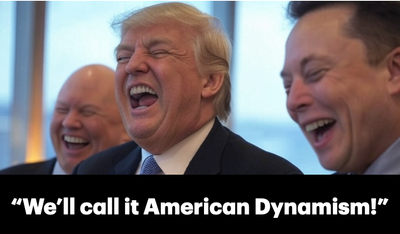'Safer' Strategies: Rethinking Startup Investment
A case study from my initial experience pricing Safer investment transactions for early stage companies

This post is for subscribers only
Subscribe to continue reading






